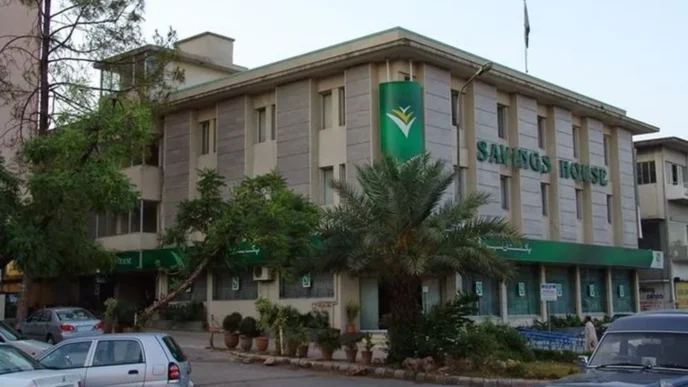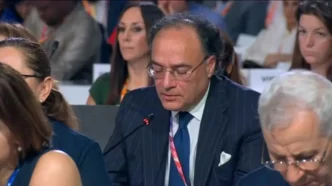To combat tax evasion, the Federal Board of Revenue (FBR) changed how banks are taxed on leased or rented properties as of July 1, 2025.
The Seventh Schedule of the Income Tax Ordinance 2001 has been updated by the FBR through the Finance Act 2025. The new regulations require that any expenditures made by banks to make improvements to rented or leased property (referred to as leasehold improvements) be documented as capital expenses.These costs will be spread out and written off gradually—at a rate of 10% per year.
This write-off process, known as amortization, will start from the date the improvements are first used. If the lease ends before the full amortization period is completed, whatever amount hasn’t been written off yet can be deducted from taxes in the year the lease ends—after deducting any amount the bank might get from selling or transferring the improvements. The Finance Act 2025 also makes it clear that, regardless of accounting rules such as International Financial Reporting Standard (IFRS) 16, banks can no longer deduct depreciation costs for “right-of-use” assets or related finance charges. Instead, they can only claim the actual rent they paid during the year—provided they submit a certificate from their external auditor confirming the payment.
Additionally, for previous years starting from 2020 (when IFRS 16 came into effect), if a bank claimed more deductions than the rent it actually paid, the extra amount must be added back into its taxable income for the year 2025. On the other hand, if the deductions were less than the actual rent paid, the difference can be claimed as an expense in 2025.
These adjustments must be verified and certified by the bank’s external auditor, as required under the Finance Act 2025.














